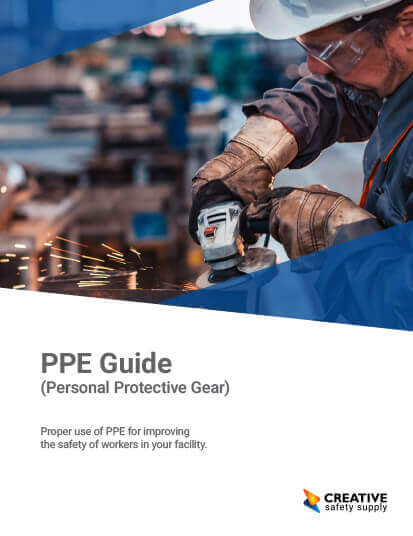The Importance of Workplace Safety and Fall Protection
Falls are one of the leading causes of workplace injuries and fatalities, especially in industries like construction, warehousing, and manufacturing. According to OSHA’s Fall Protection Standards, employers must implement fall protection measures when workers operate 6 feet or higher in general industry and 4 feet or higher in construction. Failure to provide adequate fall protection is one of the most cited OSHA violations every year.
Why Fall Protection Matters
- Falls account for one-third of all construction-related deaths.
- OSHA mandates the use of guardrails, safety nets, and personal fall arrest systems (PFAS) to reduce risks.
- Incorrect fall clearance calculations can lead to severe injury or death, even when using a harness.
Personal Protective Equipment (PPE) and Fall Safety
Proper Personal Protective Equipment (PPE) plays a crucial role in fall protection. Employers must provide harnesses, lanyards, self-retracting lifelines (SRLs), and anchor points that comply with OSHA PPE requirements.
Using our OSHA-Compliant Fall Clearance Distance Calculator, workers and safety managers can accurately determine the required clearance to prevent impact during a fall.
The calculator considers:
- Lanyard Length
- Anchor Point vs. D-Ring Height
- Deceleration Distance
- Worker Height
- Safety Margin
Relevant OSHA Regulations:
- OSHA Fall Protection Standards
- OSHA 1926.502 - Fall Protection Systems
- OSHA Fall Protection Guide (PDF)
Fall Clearance Distance Calculator
Use this tool to calculate the required fall clearance distance based on OSHA guidelines.
Disclaimer: This calculator is provided for general guidance only. While it follows OSHA guidelines, it does not replace a professional safety assessment. Always consult a qualified safety expert to ensure compliance with workplace regulations.
